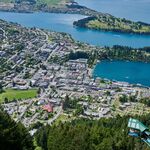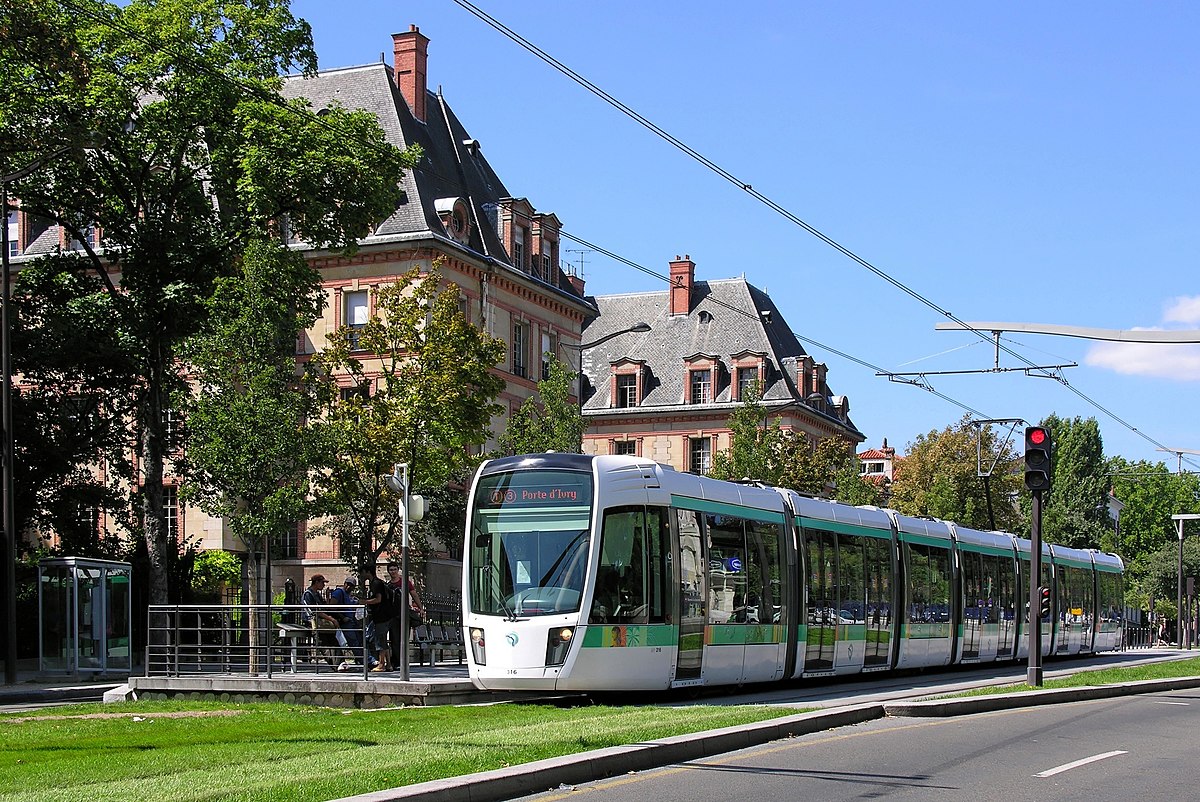ARG1
Senior Member
You really overvalue the streetcar having it's own lanes. The only real benefit that offers is the ability the skip past traffic during rush hours. Remember, this is the suburbs, and all of these modes are competing with the car. In this context, is the LRT time competitive with the car? Are people going to be riding this thing compared to if it was an el or a subway? Probably not as much.No offense, but this seems like a highly overstated concern. Having their own lanes, even if they are not accompanied by grade separation, already makes the LRT more time competitive than the Eglinton East bus, and the assertion that "people will take another parallel bus to connect to the subway" falls apart when one actually considers the alternatives presented to them. Lawrence East is too far to the north to make it a viable alternative (2.5 km - no one in their right mind is going to choose this option when they have a frequent LRT much closer to them), and fairly slow; and there is nothing south of Eglinton that would constitute a quick ride to the subway. Any cross street such as Warden or Victoria Park has to contend with buses not running in their own private lanes; there is zero chance of any of these buses being competitive to the LRT under the current road design.
Actually that's exactly what most people will be using this corridor as. Have you ever lived in this city?Your point about alternatives can only be true if the person lives within walking distance of the Eglinton & Kennedy intersection, and has a choice of whether to connect to the 2 or 5. And even then, that presumes that everyone living along this corridor is only using the LRT as a means to connect to the Yonge subway instead of any local destinations along Eglinton.
And to be honest, the use of LRT as the mode only makes sense as long you use this as the context. The moment you don't just have to go to the Yonge Subway or LIne 2, it's even more questionable. If you want a rapid crosstown route that leads from Scarborough to Pearson, the use of LRT technology is even more questionable.
But there is a massive difference. A subway is a fully grade separated and isolated corridor where interference isn't expected to happen. Nobody is expected to ever cross the tracks, no vehicle is ever expected to drive over the tracks, it's completely isolated. Compare that to a line where all of that is true, and we're talking about the Toronto Streets where people JWalk like it's their hobby. Don't forget about people just casually driving onto the tracks, something that almost never happens on the Toronto Subway unlike say... the Queens Quay Tunnel. In fact there have already been a few cases of drivers driving into Sunnybrooke Park Station, and the line hasn't even opened yet.It's not like the subway has never shut down for anything, though. The fact of life is that sometimes, shit happens and our transit system suffers as a result. That doesn't mean we shouldn't try to avoid that, wherever possible, but we should be realistic about what we are concerned of happening and what we can realistically do to prevent it. Let's say we built a grade-separated LRT; this could still be shut down in the event of a power outage, icy weather, vehicle-passenger collision, damaged power collection system, derailment (all things that could also happen on a subway), or, with the elevated guideway, you now also introduce the additional risk of a vehicle down below colliding with it. Now you have to suspend service while the structure is examined to make sure it's safe.
In what small towns have you ridden them? Remember, trams work really well in small towns like Kitchener-Waterloo where things aren't really that far, however you wouldn't see a city like Paris building large crosstown tram routes.Having ridden on street median running crosstown trams in Europe (and not always with functioning transit priority either!), I find this assertion to be dubious. The simple fact of not sharing lanes with traffic alone makes the ride significantly faster than it otherwise would be.
Without transit signal priority, this thing will be slow - and in fact even with light TSP, you're still going to be spending half of the time waiting at Red Lights, which immediately a failulre of any form of rapid transit, especially that which tries to compare itself to the existing Subway system. Toronto in this case isn't just embarassing itself compared to European cities, it's embarassing itself against other Canadian Cities like Montreal and especially Vancouver, the latter of which in a few short decades built a massive elevated rail system that has now exceeded the size of the Toronto Subway. Meanwhile we're building almost subway where 1/4 is on the surface because????I find the concerns about the lack of transit priority to be highly overstated. Is it an embarrasment to Toronto? Yes. Is it going to make the ride a bit slower and more annoying? Yes. Should the person who suggested this have been fired many years ago? Yes. Is the world going to end over it? No. Does it justify spending millions and millions more on constructing elevated guideways and then maintaining them? I certainly don't think so.
Like please, tell me a good reason why Eglinton had to have been an LRT. Please.






